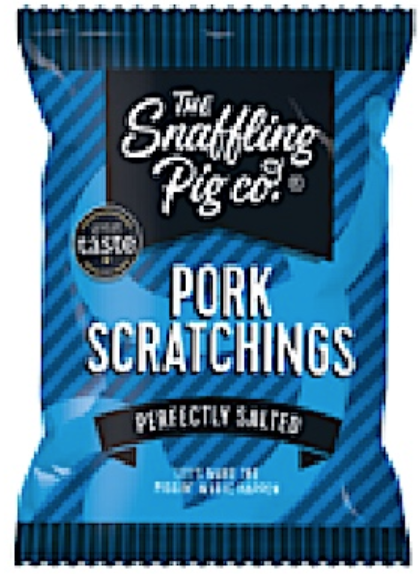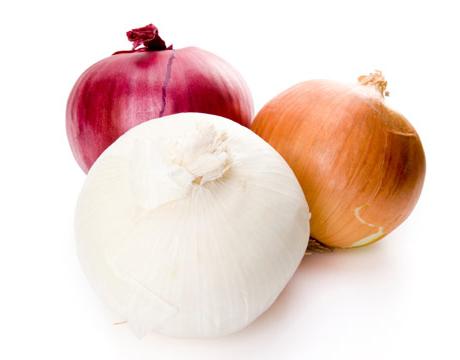The FDA reported that the Royal Ice Cream Company (Manchester, CT), Inc. recalled Ice Cream due to the potential of being contaminated with Listeria monocytogenes. The recalled flavors include Vanilla, Ginger, and Mocha Chip Ice Cream. The ice cream was distributed to Market Baskets in MA, Big Y Stores in MA, and CT & Roach Brothers Markets in MA. The products are packaged in paper 16oz pints and are coded with the Date of Manufacture as 1/19/22 and Best By 7/19/23. There have been no illnesses reported to date. The recall was initiated by Royal Ice Cream after FDA sampling revealed the presence of Listeria monocytogenes on processing equipment. The company is holding future product and testing before releasing the products as FDA, and the company continues their investigation as to what caused the problem. @ https://www.fda.gov/safety/recalls-market-withdrawals-safety-alerts/royal-ice-cream-company-inc-recalls-batch-ice-cream-brand-vanilla-ginger-and-mocha-chip-ice-cream



